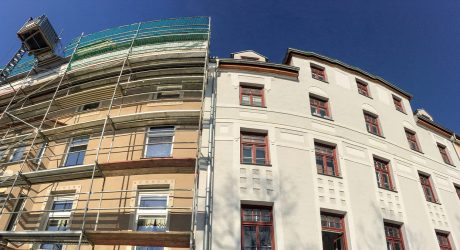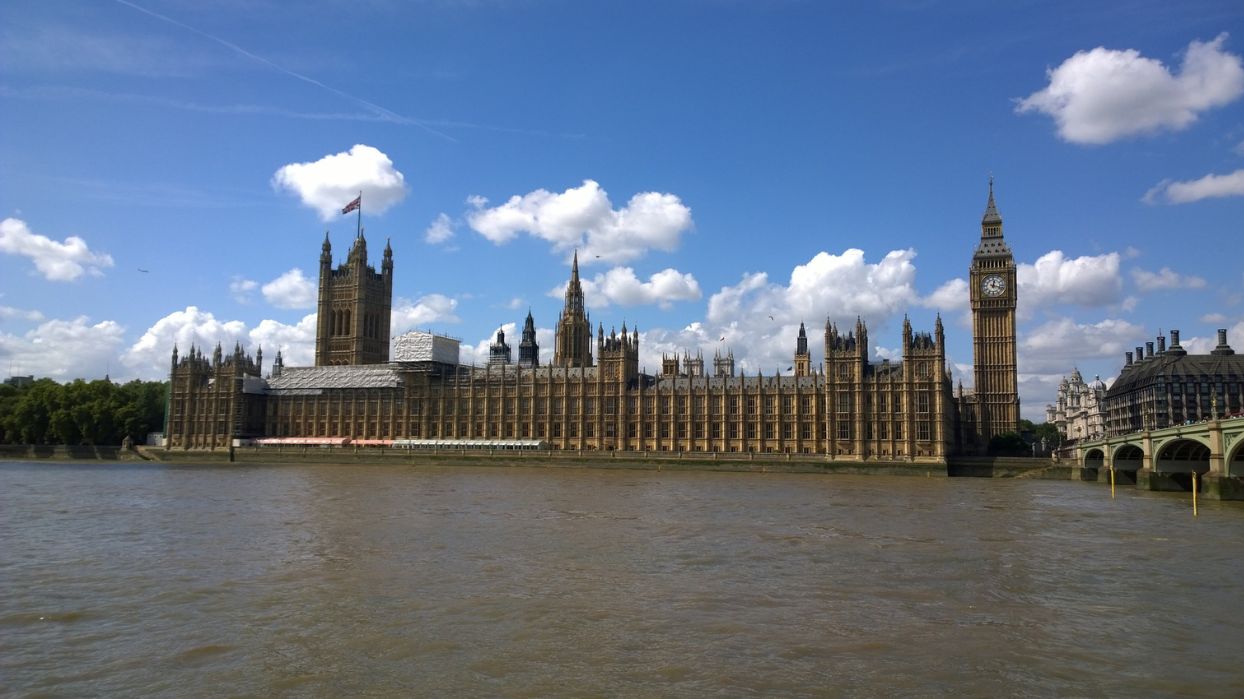The Court of Appeal has heard an appeal by London Luton Hotel BPRA Property Fund LLP in relation to the availability of a capital allowance on the conversion of a former flight training centre near London Luton Airport into a hotel. This is the first Court of Appeal case to consider the application of the Business Premises Renovation Allowance and the court’s decision will impact other open HMRC enquiries and tax cases in this area.
James Le Gallais and Anastasia Nourescu look at the Business Premises Renovation Allowance, the background to the Court of Appeal case and its wider impact.
What is BPRA?
The Business Premises Renovation Allowance (BPRA) is one of several capital allowances available on property transactions. The BPRA was introduced with effect from April 2007. It was originally intended to expire after five years, but it was subsequently extended for a further five years and amended to tackle abuse and ensure compliance with state aid rules. Its purpose was to encourage investment in derelict or unused properties in disadvantaged areas so as to bring them back into use. The BPRA was withdrawn on 31 March 2017 for corporation tax and 5 April 2017 for income tax.
The BPRA legislation was contained in Part 3A of the Capital Allowances Act 2001. It provided for a 100% capital allowance for qualifying expenditure on relevant premises. To qualify for BPRA, the expenditure had to be incurred on or in connection with the conversion, renovation or repair of business premises. The expenditure had to relate to, for example, building work, architectural and engineering services, or planning applications and fees. Spending on acquiring or developing land did not benefit from relief.
The converted or renovated premises had to be a commercial building in a designated disadvantaged area which had been unused for at least a year. The building had to be used, or be intended to be used, for letting, a trade, a profession, a vocation or offices.
Background to the appeal
The London Luton Hotel BPRA Property Fund LLP (the LLP) engaged a property developer to convert a flight training centre near London Luton Airport into a 124-room Ramada Encore hotel. The LLP paid £12.5m for the developer’s services and claimed BPRA on that sum in its tax return. HMRC considered that only part of the claimed sum qualified for BPRA and reduced the claim by £5m. The dispute revolved around whether the sum claimed comprised expenditure on or in connection with the conversion, renovation or repair of the property (which the parties agreed was a qualifying building under BPRA).
The First-tier Tribunal (FTT) rejected the LLP’s main argument that the sum paid to the developer qualified under BPRA as a whole and held that the constituent elements of the expenditure had to be considered individually. However, the FTT allowed the LLP’s appeal in part and held that some of the items HMRC had disallowed, including certain fixtures, promoter fees and part of the residual profit, qualified for relief. Both parties appealed the FTT’s decision.
In a decision issued in June 2021, the Upper Tribunal reversed some of the FTT’s findings and found that only licence fees for the occupation of the property and legal fees relating to the acquisition of the land should be disallowed, with the rest of the expenditure qualifying for BPRA. In so doing, the Upper Tribunal held that the focus must be on the LLP’s expenditure, not the developer’s expenditure, and on or in connection with what it incurred. The relevant question was aptly summarised by the taxpayer’s counsel: “What did the LLP get for its money?”. The Upper Tribunal held that the LLP did not simply get an obligation to carry out the construction works but a series of specific obligations, which could be seen from an agreement setting out how the developer would spend the contractual sum. Each of these obligations had to be considered separately to determine whether they qualified for BPRA.
In considering each of the constituent elements of the claim, the Upper Tribunal rejected HMRC’s argument that only expenditure on physical building works should be allowed. It held that BPRA extended to expenditure incurred “in connection with” such physical works. This was in line with the objective of the BPRA regime to deliver functioning buildings that are “open for business”.
In September 2021, the taxpayer appealed the Upper Tribunal’s decision. The five-day Court of Appeal hearing before Lord Justice Lewison, Lady Justice Whipple and Lady Justice Falk took place between 13 and 17 March 2023.
Why does it matter?
As BPRA was withdrawn in 2017, the impact on the scheme of the Court of Appeal’s judgment will be mostly retrospective but will be relevant to any open HMRC enquiries and cases in relation to BPRA.
More broadly, the Court of Appeal’s judgment will be of interest to those dealing with capital allowances disputes, as those often turn on whether expenditure was incurred on or for a particular purpose. However, the outcome of any such disputes will ultimately depend on the wording of the statute in question and the purpose of a particular regime.
In terms of identifying the elements of a claim, the tribunal’s approach indicates that separate obligations under a contract cannot be wrapped up and considered as a single obligation owed to and paid for by the claimant. Each element will have to be examined separately based on the terms of the specific contract to determine whether it qualifies for the allowance. It remains to be seen whether the Court of Appeal will adopt the same approach.
The approach of the Court of Appeal will also be of interest to those who have invested in similar schemes that may not produce the advertised tax reliefs as a consequence of the manner in which the schemes have been structured.
James Le Gallais and Anastasia Nourescu are available to discuss any issues arising in respect of disputed capital allowance claims generally or BPRA schemes specifically.
You can find further information regarding our expertise, experience and team on our Tax pages.
If you require assistance from our team, please contact us.
Subscribe – In order to receive our news straight to your inbox, subscribe here. Our newsletters are sent no more than once a month.







